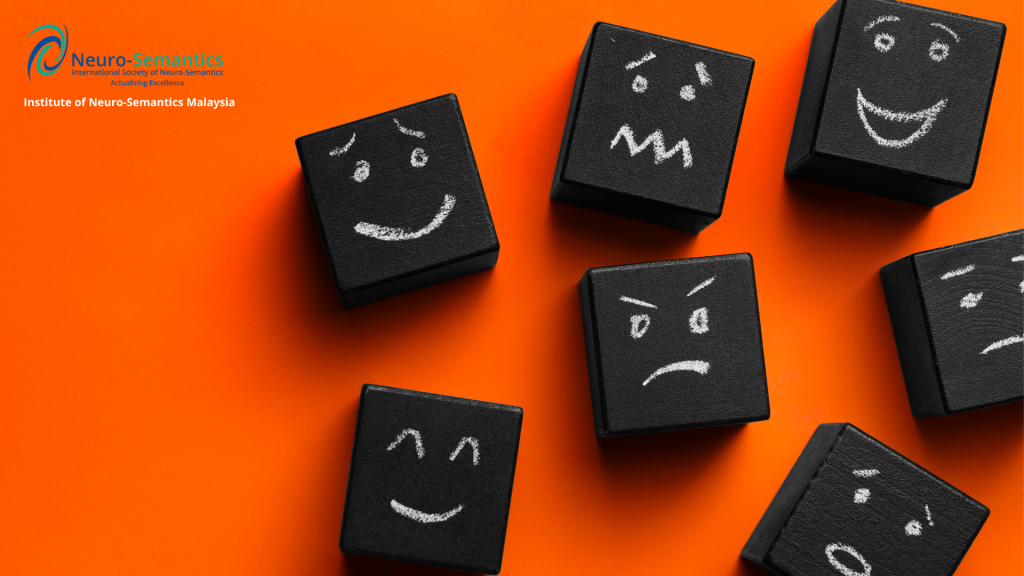
Understanding emotions might seem straightforward given their fundamental nature, yet delving into their definition reveals a multifaceted landscape. The complexity arises from the presence of various components within an emotion, often unnoticed during the actual experience of it. Whether you are feeling relaxed or stressed, joyful or sad, loving or indifferent, disgusted or attracted, the emotional experience appears as a unified whole, though it is not as seamless as it seems.
- “Emotion” as Movement: To comprehend this complexity, let’s first examine the term itself: emotion. Implicit in the concept of emotion is the idea of movement. It suggests that something is in motion, guiding you outward (“ex-“) from your current state. Medically defined as having an “action tendency,” emotions can be visualized as either moving you to embrace and connect with the world or holding you back. Think of them as the brakes and accelerator in a car—some emotions restrain and slow you down (e.g., fear, tension), while others propel you forward (e.g., joy, love).
- Emotions as Nerve Impulses: Our neurology mirrors this dynamic with inhibitory and excitatory nerve impulses, corresponding to “negative” and “positive” emotions, respectively. Inhibitory impulses lead to tension and restraint, akin to applying brakes, while excitatory impulses prompt a release, as if putting the pedal to the metal for a journey down the highway of life.
- Emotions as Distinction from Feelings: Within positive and negative emotions lie two primary elements: kinesthetic sensations and thoughts. This distinction separates feelings and emotions. While every emotion encompasses feelings—kinesthetic sensations—you can experience these sensations independently of any specific emotion. Examining the feeling side involves understanding your body’s reactions, such as breathing patterns, muscle tension, and overall physical sensations.
- Emotions as Cognitively Based: On the thought side, emotions are intertwined with cognitive processes. Your thoughts, awareness, memories, imaginations, anticipations, and intentions collectively contribute to your emotional experience. Thinking and emoting form a unified system, and viewing them as independent factors leads to a false understanding of emotions.
- Emotions as Relative to Map and Territory: An emotion’s definition must consider its relativity to two phenomena—the mental map and the territory. Your emotional state depends on the interplay between your mental understanding and the experiential reality. Much like a scale, your emotional response is influenced by the adequacy of your mental map for navigating the specific territory you are in.
- Emotions as Interpretations: Emotions, being dynamic processes, are intricately tied to interpretations. How you interpret an experience shapes the emotion you feel. Recognizing this, we acknowledge that you are the creator of your emotions. Reframing—an alteration of the meaning frame—profoundly influences your emotional experience by changing how you interpret situations.
Conclusion
In conclusion, emotions are dynamic processes within us, generating movement, information, and energy. They constitute the very essence and feel of life. This exploration merely scratches the surface, and there is much more to unravel in our understanding of emotions. Stay tuned for further insights in our next communication.
Curated by Danielle Tan.
Reference:
- [Neurons] 2024 Neurons #3 WHAT ARE EMOTIONS ANYWAY? by L. Michael Hall, Ph.D. Executive Director, ISNS.